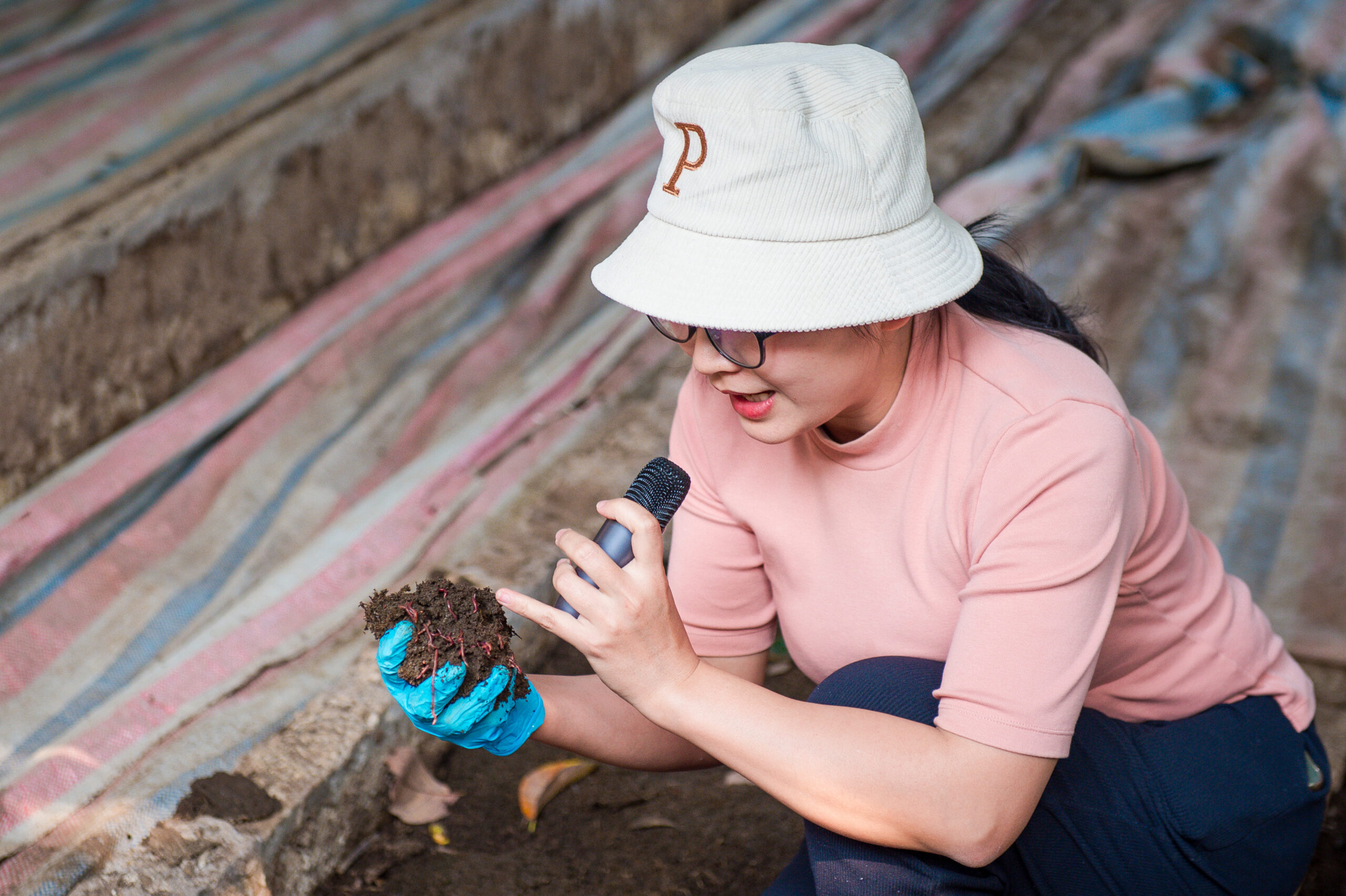I’m pleased to welcome back David Kaimowitz as the first guest contributor to POLEX.
_________________________
International tourism is one of the world’s largest and fastest growing activities. In 2003 tourists spent over 500 billion dollars outside their home countries; almost twice as much as in 1990. Tourists often like to buy handicrafts, which can be good news for woodcarvers.
Bali is a case in point. Commercial woodcarving there goes back to the 1930s, but it was not until the Indonesian government promoted tourism in the 1970s that mass produced “pop art” woodcarvings really took off. The result was a $100 million dollar a year industry, involving over 6000 enterprises and 24,000 carvers, producing everything from high end works of art to cute little cats, frogs, and fruit. Most of the work is done in people’s homes. About one sixth of the carvers are women.
Most carvers don’t make much money. Less-skilled ones make just a few dollars a day and women and children often earn less. Even a skilled woodcarver may take home only $7.50 per day. Still it is many families’ best option.
So much carving has depleted the island’s valuable tree species and forced the carvers to import wood from other islands. However, in the 1980s the government encouraged farmers to plant a fast growing species well-suited for carving (Paraserianthesis falcataria). Now carvers increasingly get their wood from sustainable sources and the farmers who plant the trees earn good money.
Other government efforts to support the woodcarvers include a three year training program in woodcarving for local students, local exhibitions, and advice about how to dry and preserve wood. Carvers can get credit from a village cultural board.
Dede Rohadi, Pipin Permadi, and Syarif Hidayat tell this story nicely in Colour, Sustainability and Market Sense in Bali. It is just one of the good stories in Carving Out a Future, edited by A. Cunningham, B. Belcher, and B. Campbell. It shows how tourism is shaping tropical art, culture, landscapes, and livelihoods through woodcarving. Each time you take home a little wooden souvenir for a friend or relative you are contributing to that broader trend.








